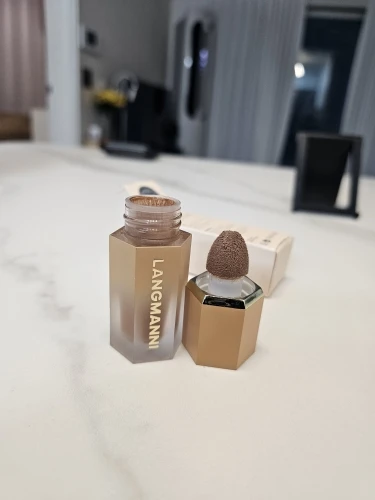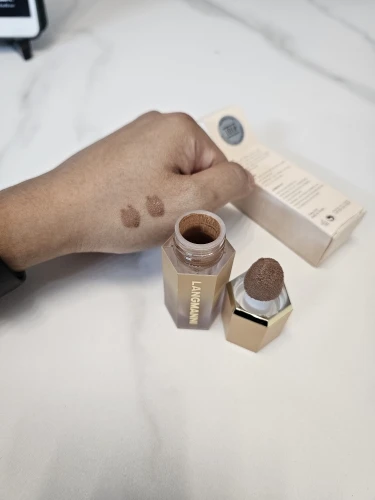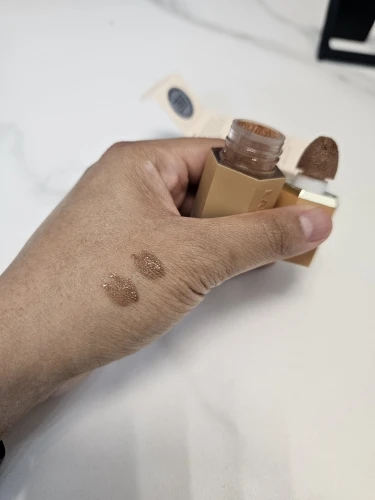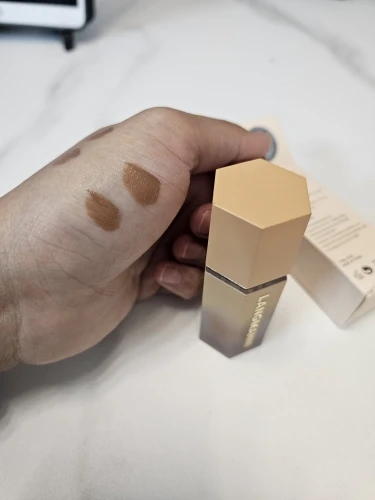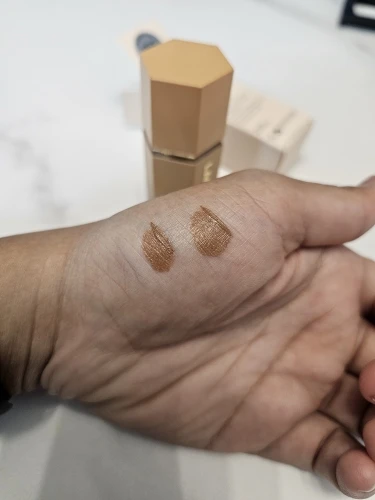Concealer Alchemy: Transform Your Skin with These Insider Secrets!
Are you tired of battling imperfections on your skin? Whether it’s the struggle with dark circles that seem impossible to cover, stubborn blemishes that refuse to fade, or the quest for the perfect shade of concealer tailored to your unique skin type, it’s time to unlock the secrets of concealer application! Welcome to the world of concealer alchemy, where your beauty routine can be transformed with just a few insider tips and techniques.
In this comprehensive guide, we will delve into the art of concealer application, revealing effective tips to achieve a flawless look. From identifying the best concealer for dark circles to mastering concealer techniques for blemishes, you’ll learn how to enhance your natural beauty effortlessly. We’ll also guide you on how to choose concealer based on your skin type, ensuring that you find the perfect match for a radiant finish.
But why stop there? This blog post is designed not just to inform but to equip you with the essential skills that will empower you to embrace your unique beauty. Whether you’re a makeup novice or a seasoned pro, our insider secrets will elevate your concealer game to new heights, making you feel confident and ready to take on the world. Prepare to unveil a seamless complexion that makes heads turn!
So, grab your favorite concealer, and let’s embark on this transformative journey together. Your perfect makeup look awaits!
Understanding Concealer Types. Liquid Concealers
Liquid concealers are among the most versatile options available. They typically come in a wand applicator, allowing for precise application. This type is often favored for its lightweight texture and ability to blend seamlessly into the skin. Advantages of Liquid Concealers:
- Best for covering dark circles due to their light-diffusing properties.
- Ideal for a natural finish, as they can be layered without looking cakey.
- They offer a variety of finishes, from matte to dewy.
























































































































































